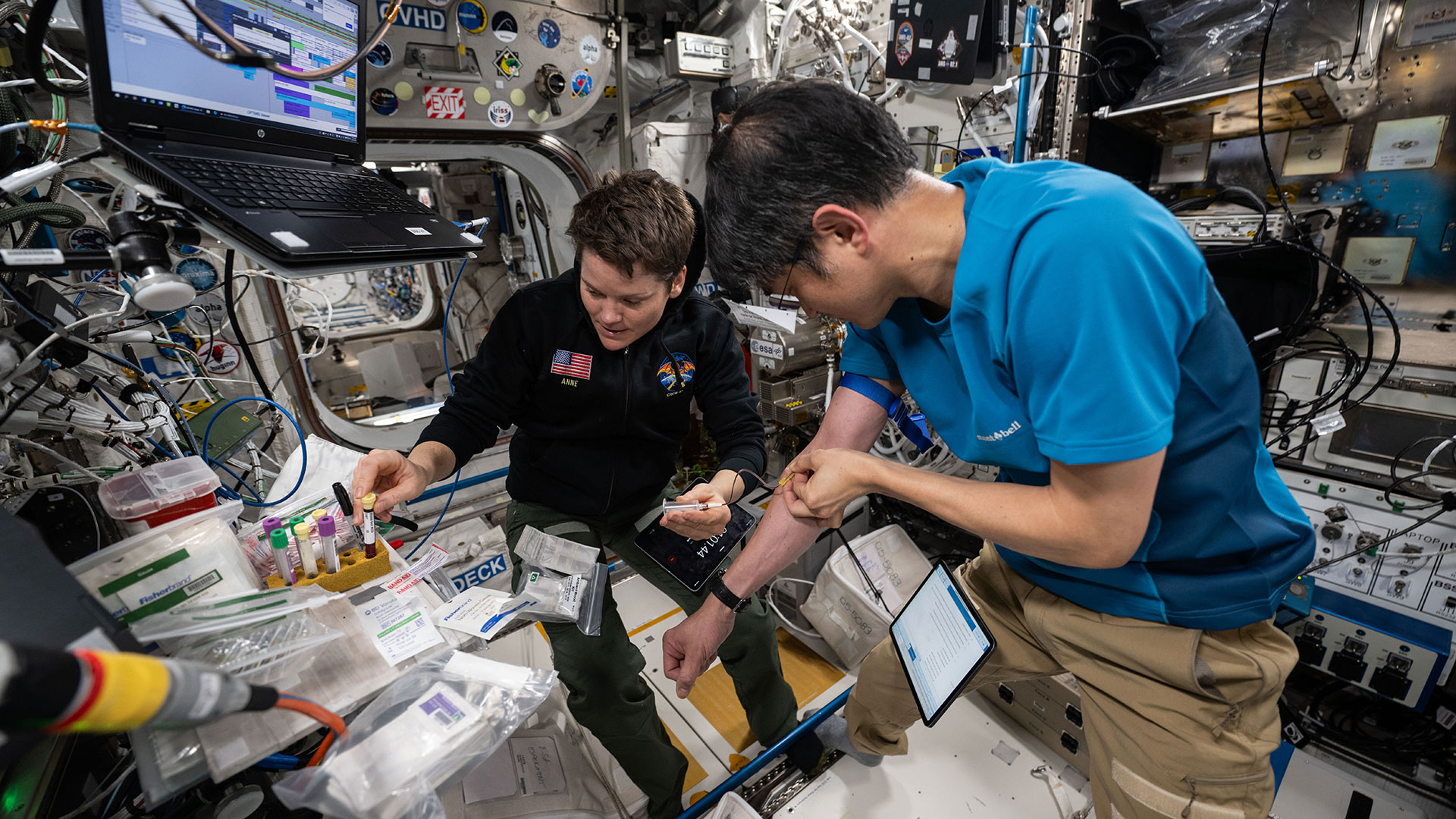India's Chandrayaan-2 Mission Will Take 7 Weeks to Reach the Moon — Here's Why
India's Chandrayaan-2 mission is now on its way to the moon, but it has a slow journey ahead: The rover and lander won't touch down until early September.
As the Apollo missions the U.S. spent the weekend commemorating prove, it doesn't necessarily have to take seven weeks to land on the moon. But the lander and rover of Chandrayaan-2 were scheduled to touch down Sept. 6 (Sept. 7 local time in mission control) — and that was before the launch was delayed nearly a week.
The slow, round-about route that Chandrayaan-2 will follow to reach the moon reflects the power of the Indian rocket used to launch the spacecraft, called the Geosynchronous Satellite Launch Vehicle Mark-III. That rocket doesn't carry the same amount of thrust as the giant Saturn V rockets that drove NASA's Apollo program — and no surprise, since those U.S. boosters were the most powerful rockets ever built. The Apollo missions were also designed to carry astronauts, while Chandrayaan-2 is a smaller, uncrewed mission.
Related: The Science of India's Chandrayaan-2 Moon Mission
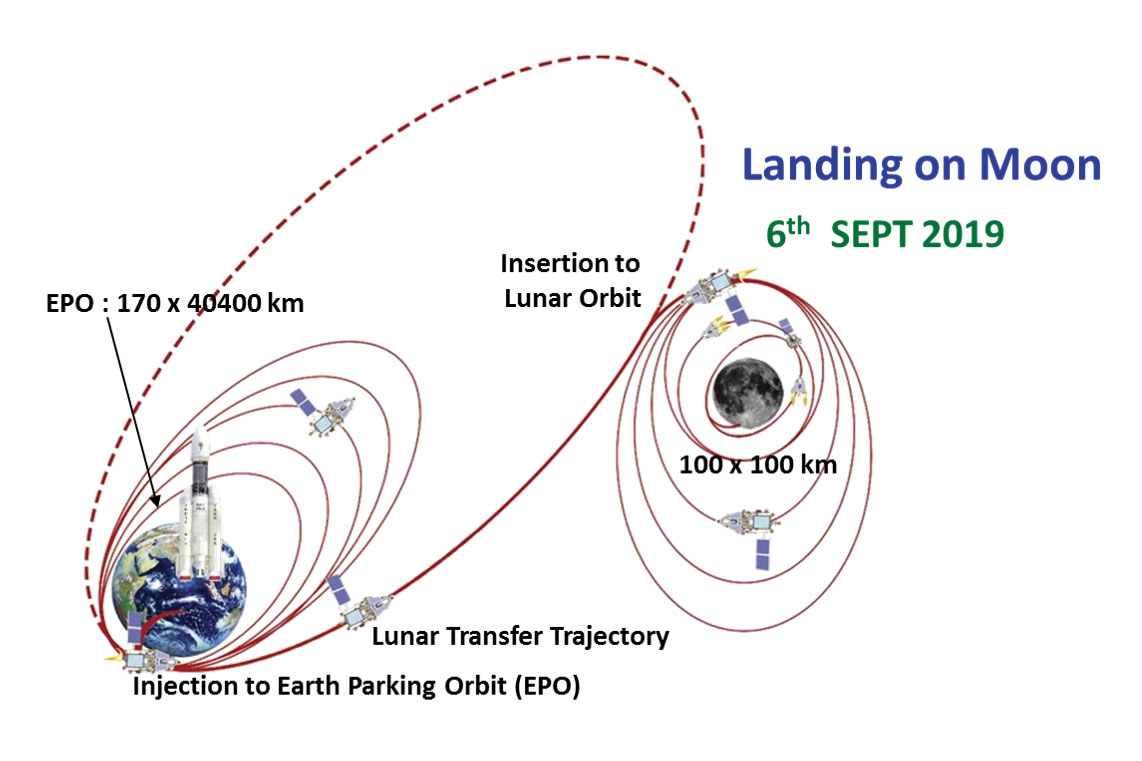
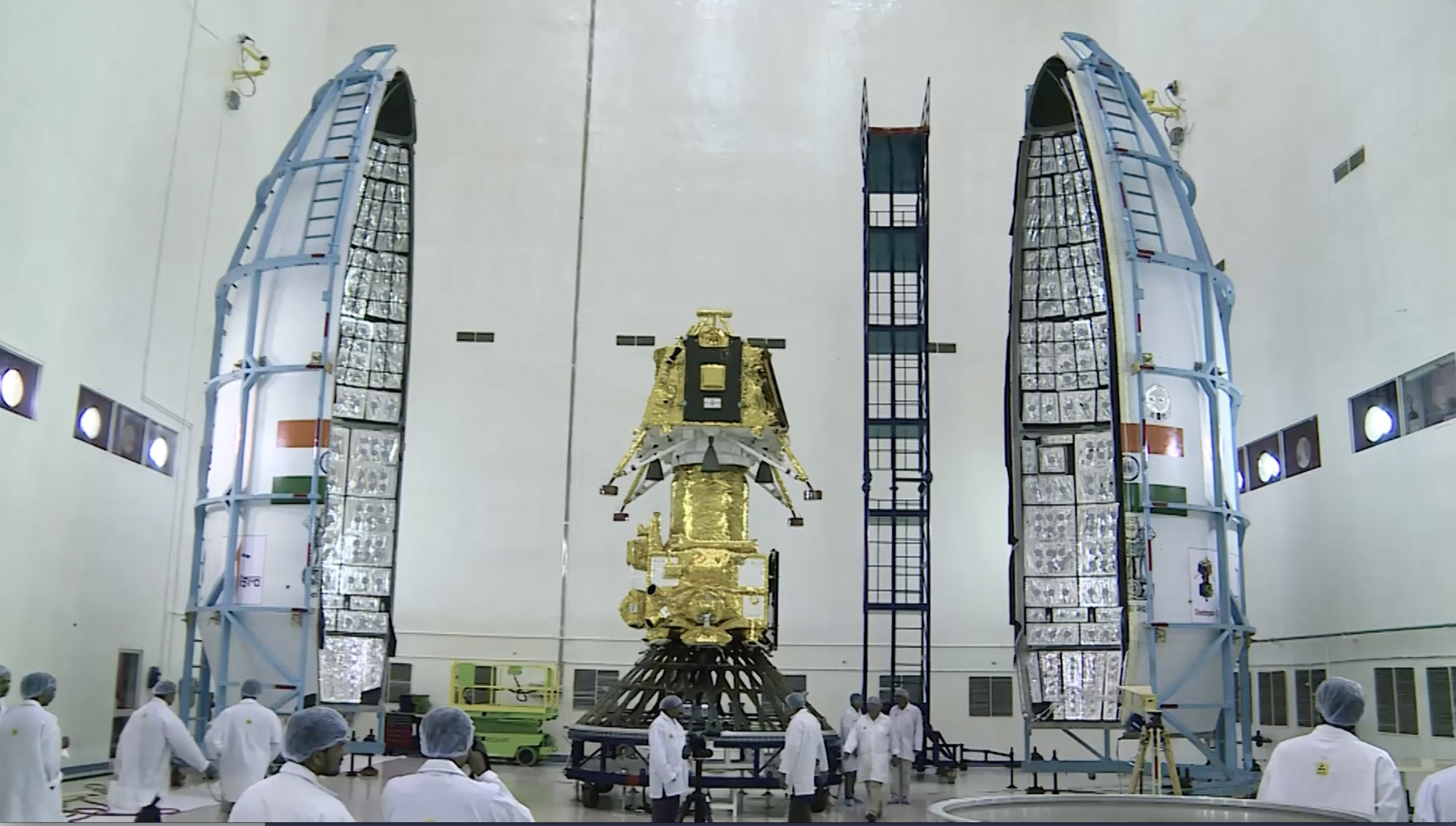
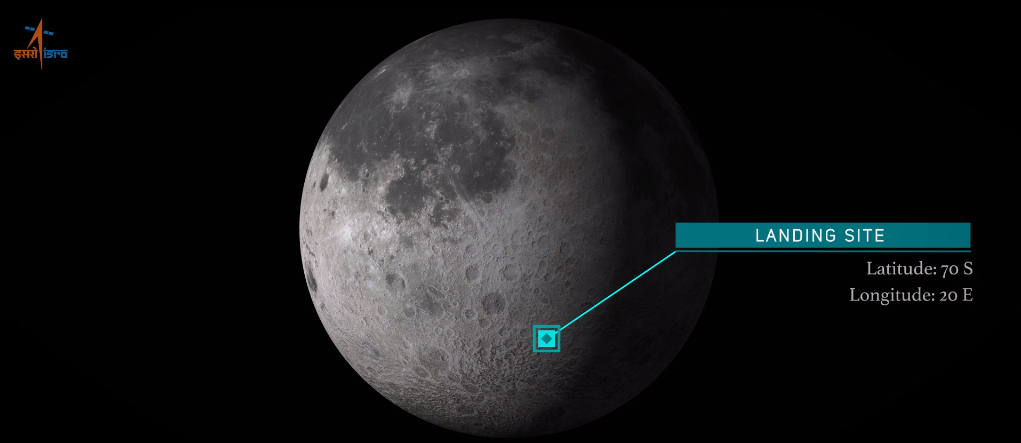
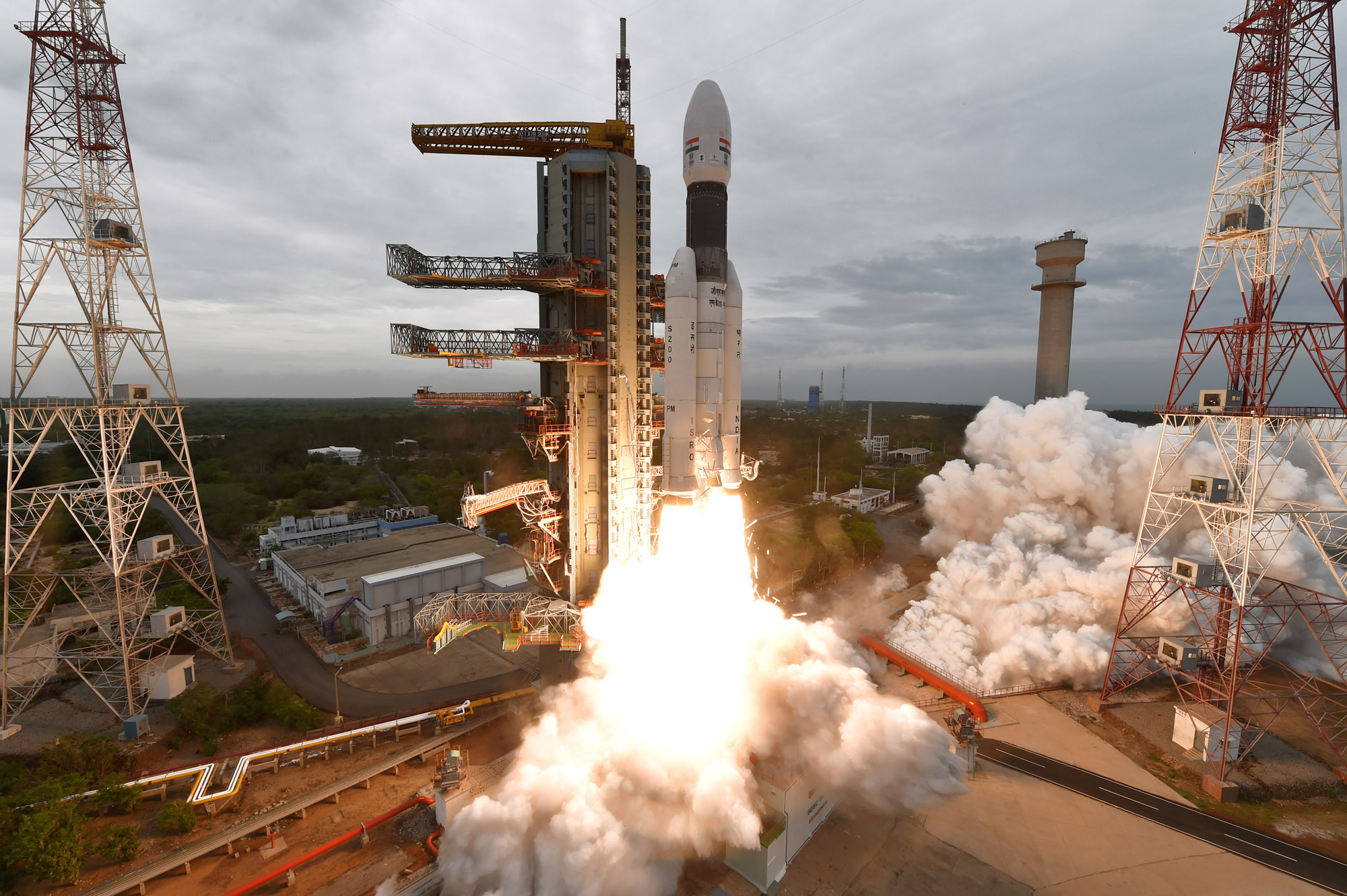
So Chandrayaan-2 was always scheduled to spend a while orbiting Earth before transferring to lunar orbit. After the launch delay last week, engineers at the Indian Space Research Organisation (ISRO), which oversees the mission, adjusted the mission timeline to ensure the landing schedule wouldn't be seriously affected.
Keeping the landing time from slipping too far is important because the lander and rover aren't designed to withstand the bitterly cold lunar nights, which last the equivalent of two weeks here on Earth.
According to the mission's new schedule, Chandrayaan-2 will spend 23 days orbiting Earth, gradually raising its altitude on one side of an elliptical orbit around the planet. Then, in mid-August, it will turn its sights on the moon, completing a series of maneuvers to leave Earth orbit and begin circling the moon.
Get the Space.com Newsletter
Breaking space news, the latest updates on rocket launches, skywatching events and more!
In order to accommodate the launch delay, Chandrayaan-2 will spend less time orbiting the moon than previously planned, according to the Hindustan Times.
During the first week of September, the Chandrayaan-2 orbiter will release its Vikram lander, which will then descend to the surface, touching down just a bit later than the mission's original timetable called for. If all goes well, a rover called Pragyan, will then be deployed from the lander a few hours later.
When Vikram lander does land, it will do so near the moon's south pole, an area of particular interest to scientists and explorers because of its stash of water ice in permanently shaded craters. Several of the payloads on board both the lander and its companion rover designed to map and analyze this ice.
If Chandrayaan-2's flight and landing go smoothly, India will become the first country to reach the moon's south pole and only the fourth country to successfully land softly on the moon, after the former Soviet Union, United States and China.
- Liftoff! India Launches Ambitious Mission to Land at the Moon's South Pole
- India Will Launch an Ambitious Moon Orbiter-Lander-Rover Combo in July
- The Science of India's Chandrayaan-2 Mission to the Moon's South Pole
Email Meghan Bartels at mbartels@space.com or follow her @meghanbartels. Follow us on Twitter @Spacedotcom and on Facebook.
Join our Space Forums to keep talking space on the latest missions, night sky and more! And if you have a news tip, correction or comment, let us know at: community@space.com.

Meghan is a senior writer at Space.com and has more than five years' experience as a science journalist based in New York City. She joined Space.com in July 2018, with previous writing published in outlets including Newsweek and Audubon. Meghan earned an MA in science journalism from New York University and a BA in classics from Georgetown University, and in her free time she enjoys reading and visiting museums. Follow her on Twitter at @meghanbartels.
